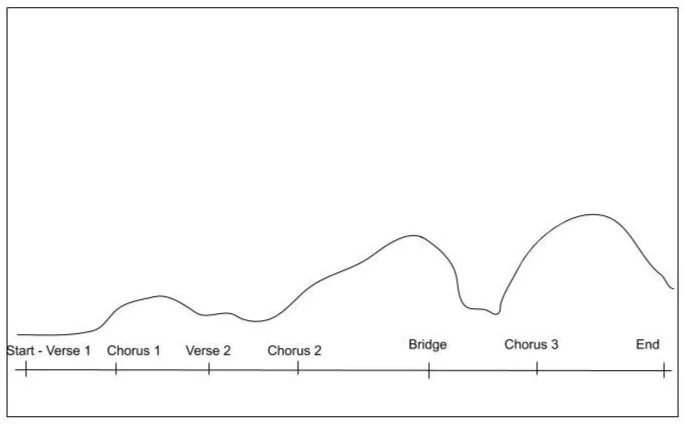Exploring Dynamics
What makes a vocal performance musical? Music can be broken down to four basic elements: rhythm/duration, pitch, timbre, and dynamic. As vocalists, we spend a lot of time focusing on pitch and timbre, but can fall short on the other two elements of rhythm and dynamics. The difference between a singer who’s just a singer and a singer who’s also a musician is mastery of all four elements of musicality.
In this article we’re going to look at dynamics, including a series of exercises to help you develop your use of them. Dynamics is the change in volume and intensity throughout the course of a song. If you’re looking at a piece of sheet music, you might notice little “p” or “f” or “mp” markings above the staff or see words like “pianissimo” or “forte.” These markings tell you how loud the composer wants you to sing or play.
How loudly or softly we sing changes the emotional impact of a song. Shouting a lullaby at the top of your lungs is going to have a very different effect on the listener than the same song sung gently at a low volume. In contrast, singing a song about being confident at a whisper might not convey the message of the lyric as well as singing at a louder volume.
While singing at different volumes may sound easy to implement, there are a couple things you should be aware of as you start to experiment with dynamics.
Breath Support
Like almost everything else in singing, your breath support is incredibly important to effectively using dynamics. Counterintuitively, it often takes more air to sing very softly on pitch than to sing loudly; and singing very loudly requires a lot of breath support to make sure you’re not pushing or straining in a way that could damage your voice. Make sure you incorporate breathing exercises into your warm up routine, including exercises that practice releasing air in a slow, controlled manner.
Modeling
Modeling or observational learning is a great way to learn a lot of different skills, particularly in music. Most of us start off as listeners before we become singers and we can learn a lot from our favorite artists and songs. Listen to how your idols use dynamics and where they choose to use them. How does it impact your experience of the lyric? Do different dynamics bring up different emotional responses? How does the dynamic affect the color of the singer's voice?
EXERCISE 1
Practice observational learning as you listen to the songs below; they’ve been specifically chosen because of how they demonstrate dynamics. Find the lyrics for each song and copy them onto a Google Document with the lines double spaced. Print out your lyric sheets then mark above the lyrics where the singer is singing softly, medium, loud and very loud. By writing it out you’ll see the dynamic range of each song.
EXERCISE 2
Take it another step further by creating a song timeline. On a new sheet of paper or the back of your lyric sheet, draw a line from one end of the paper to the other. Mark zero at the start of the line on the left and the song’s duration at the end to the right. Next, mark the sections of the song on your timeline (i.e.: Verse 1, Chorus 1, Chorus 2, Bridge, etc). Now draw a contour of the songs dynamics across time above your timeline (see figure below).
Example Songs:
Titanium by David Guetta featuring Sia
EXERCISE 3
Practice singing the song you’ve lyric marked along with one of the karaoke tracks below and try to follow the dynamics as you see it written and charted.
Karaoke Tracks:
Creep - in the Style of Radiohead
Chandelier - in the Style of Sia
Now Is the Perfect Time To Book a Lesson
How did these exercises go for you? What did you learn about these singers and your own voice? If you want to dive further into loving your voice, reach out to Zelda to schedule an online lesson.
From all of us at Love Your Voice, we hope you and your loved ones stay safe and healthy.
Set up a lesson with Zelda to dive even deeper into singing with dynamics!
Mention this article for a 20% discount on your first lesson.


